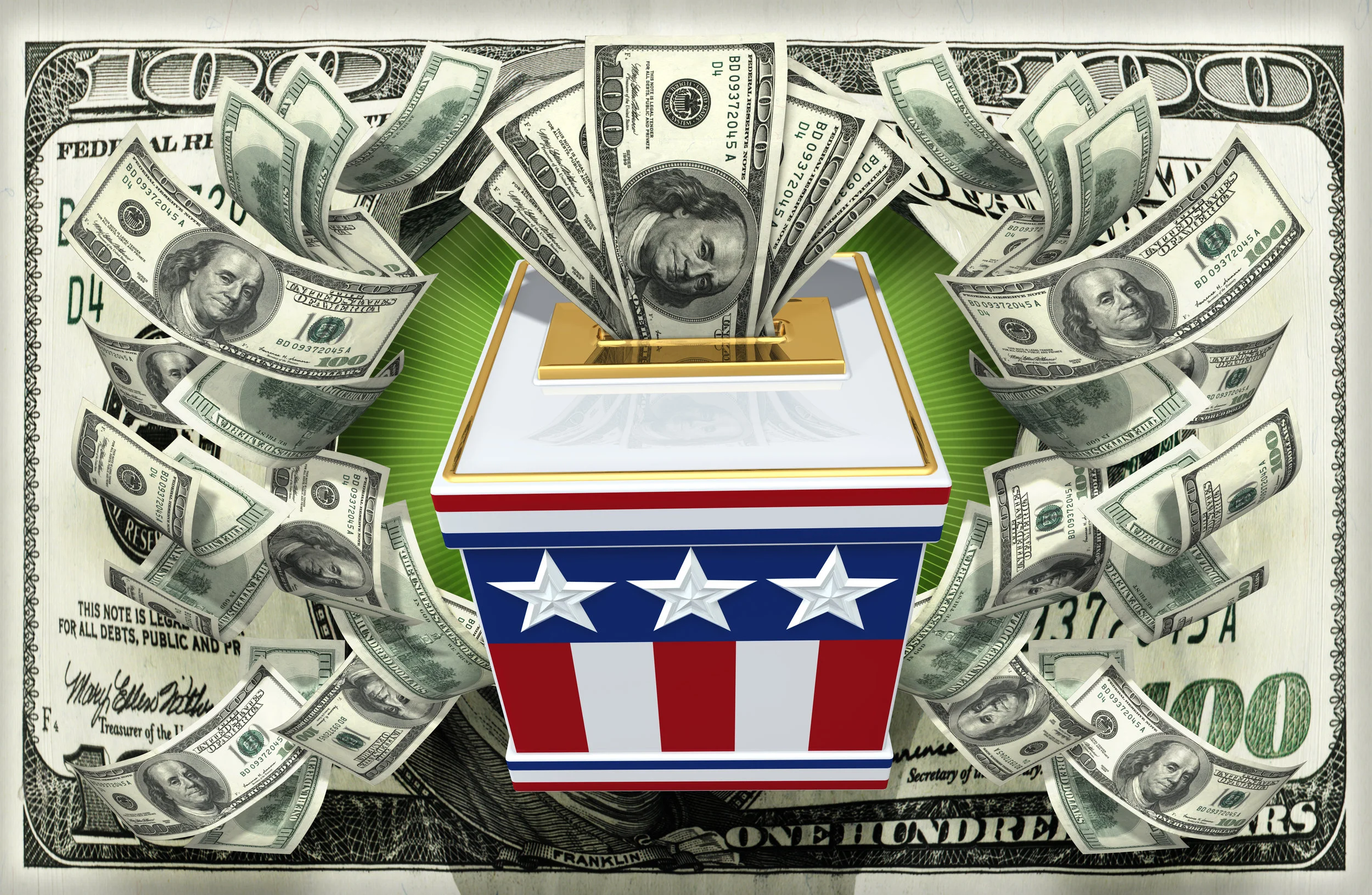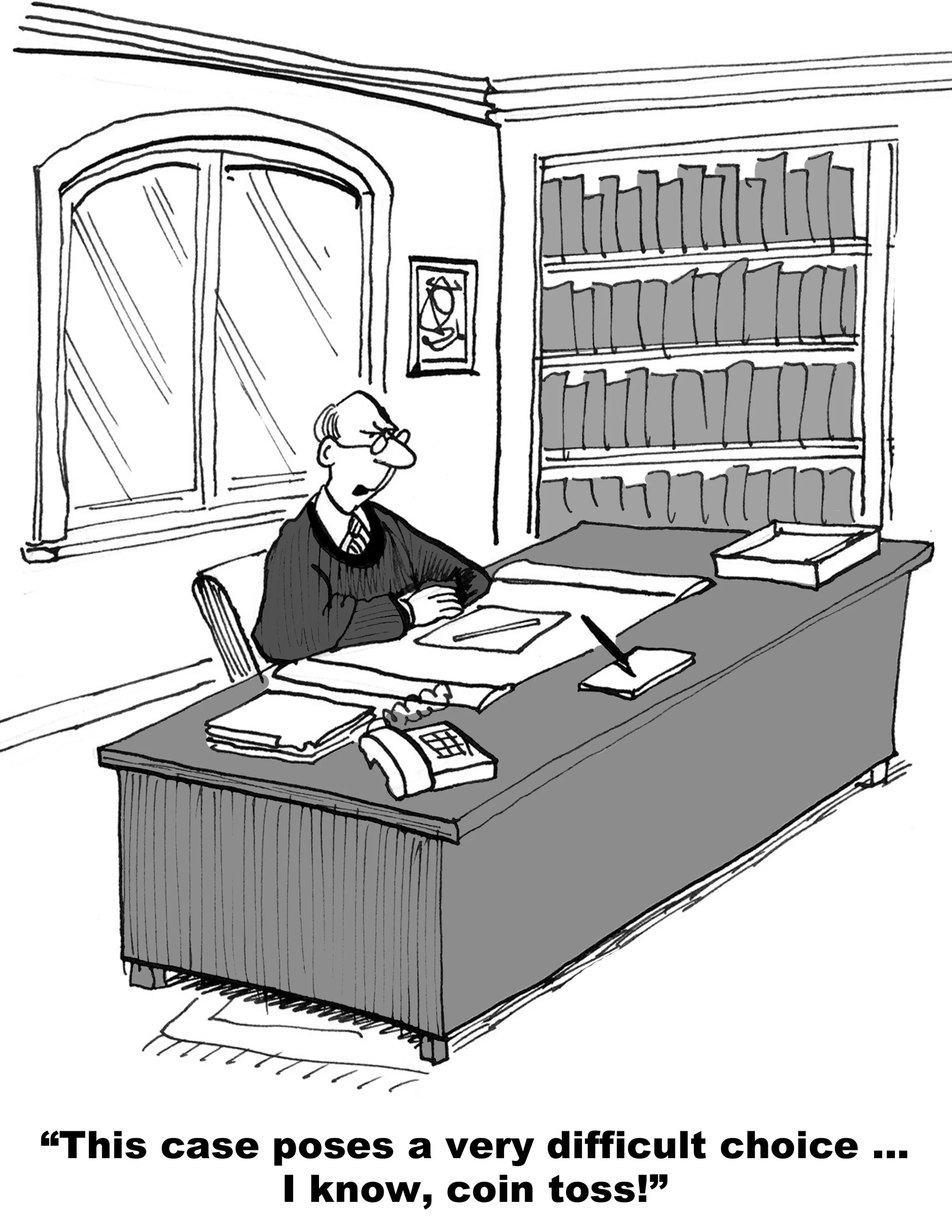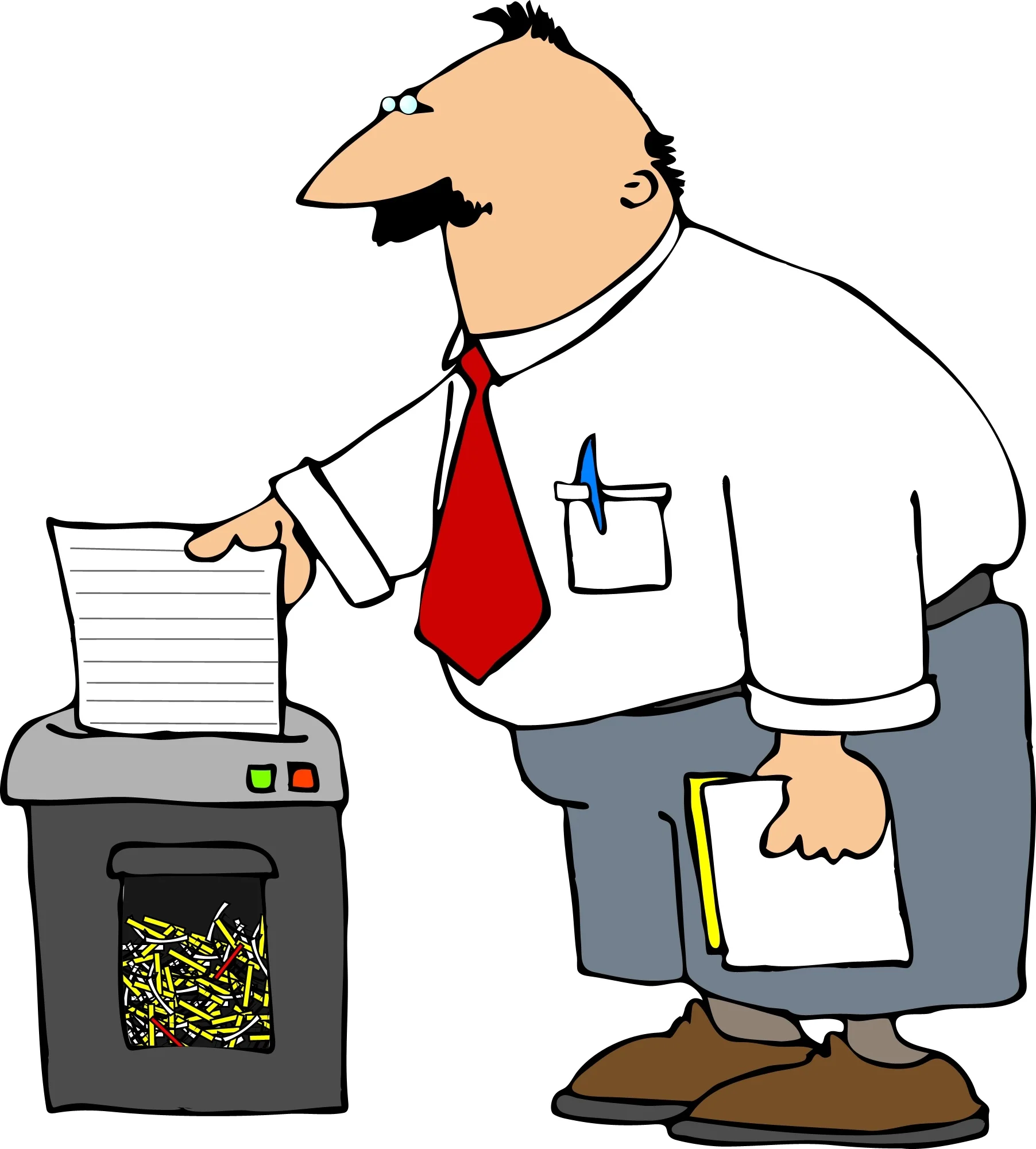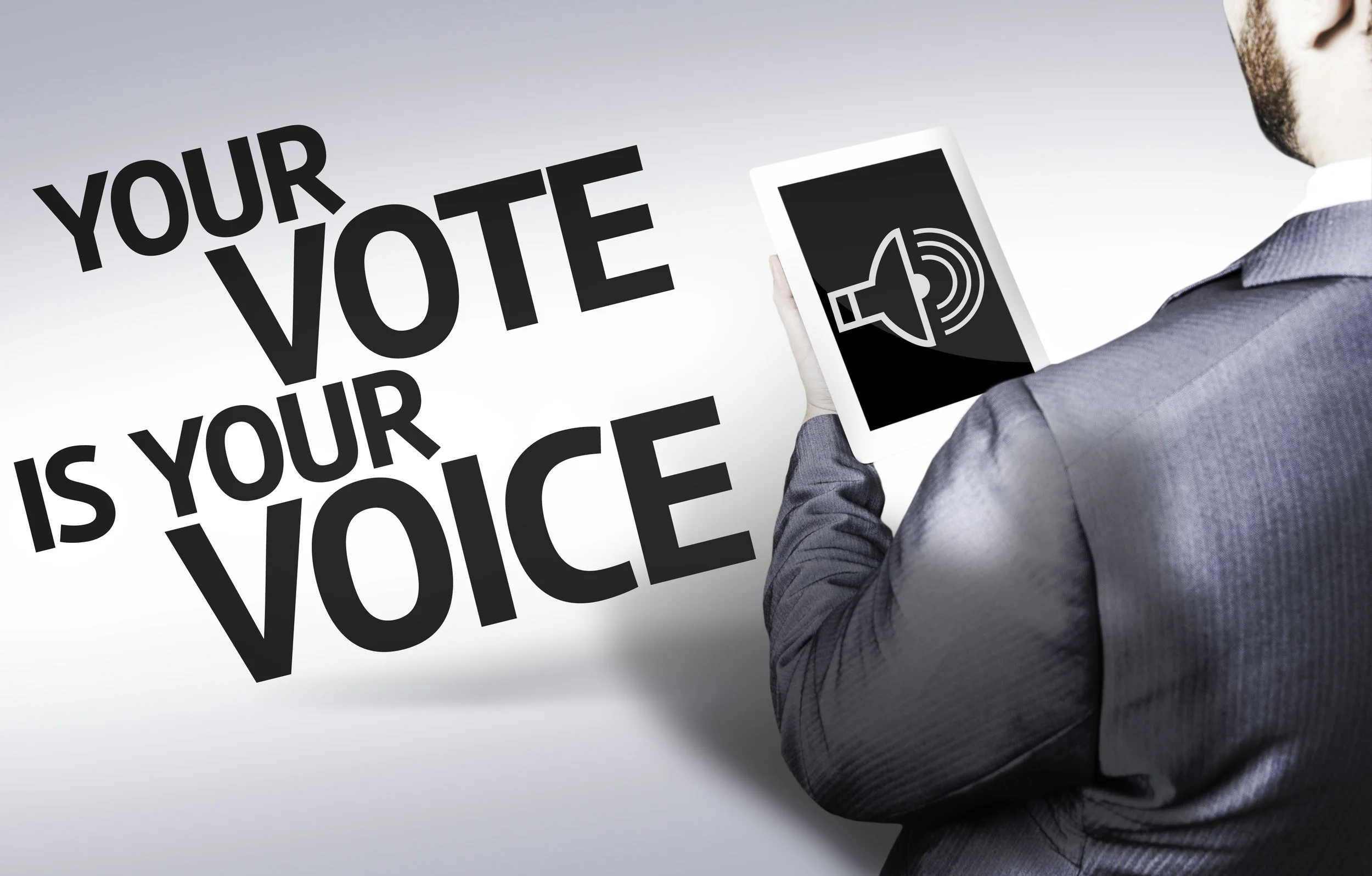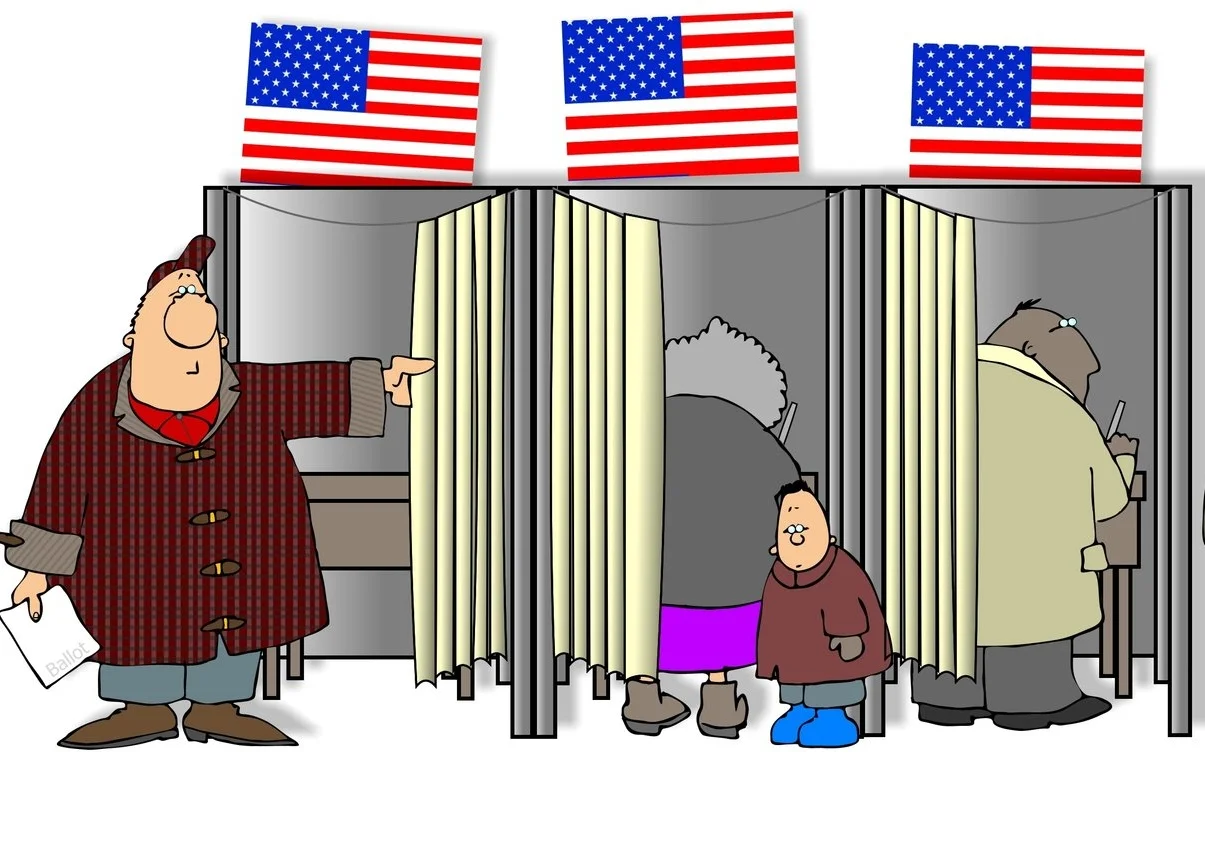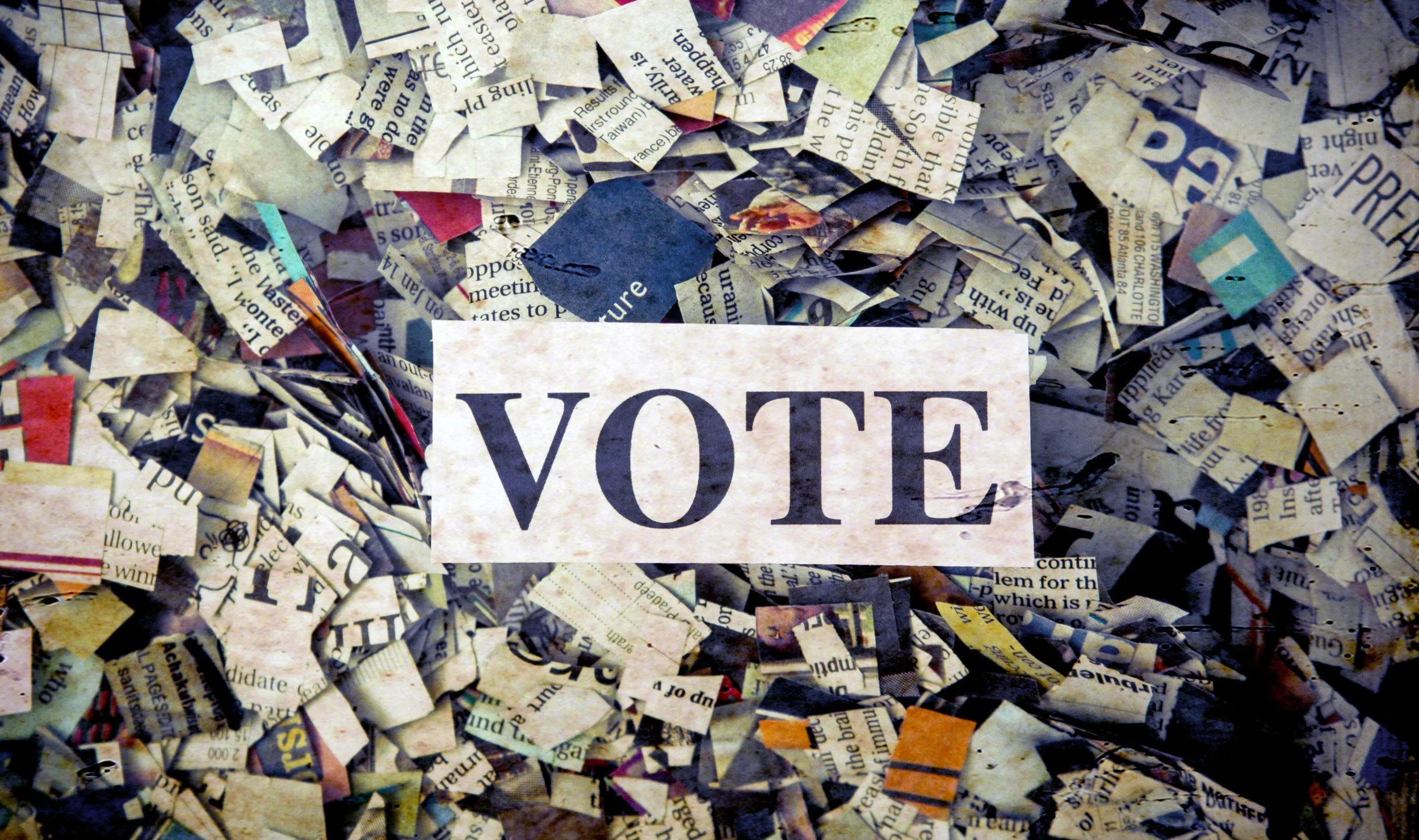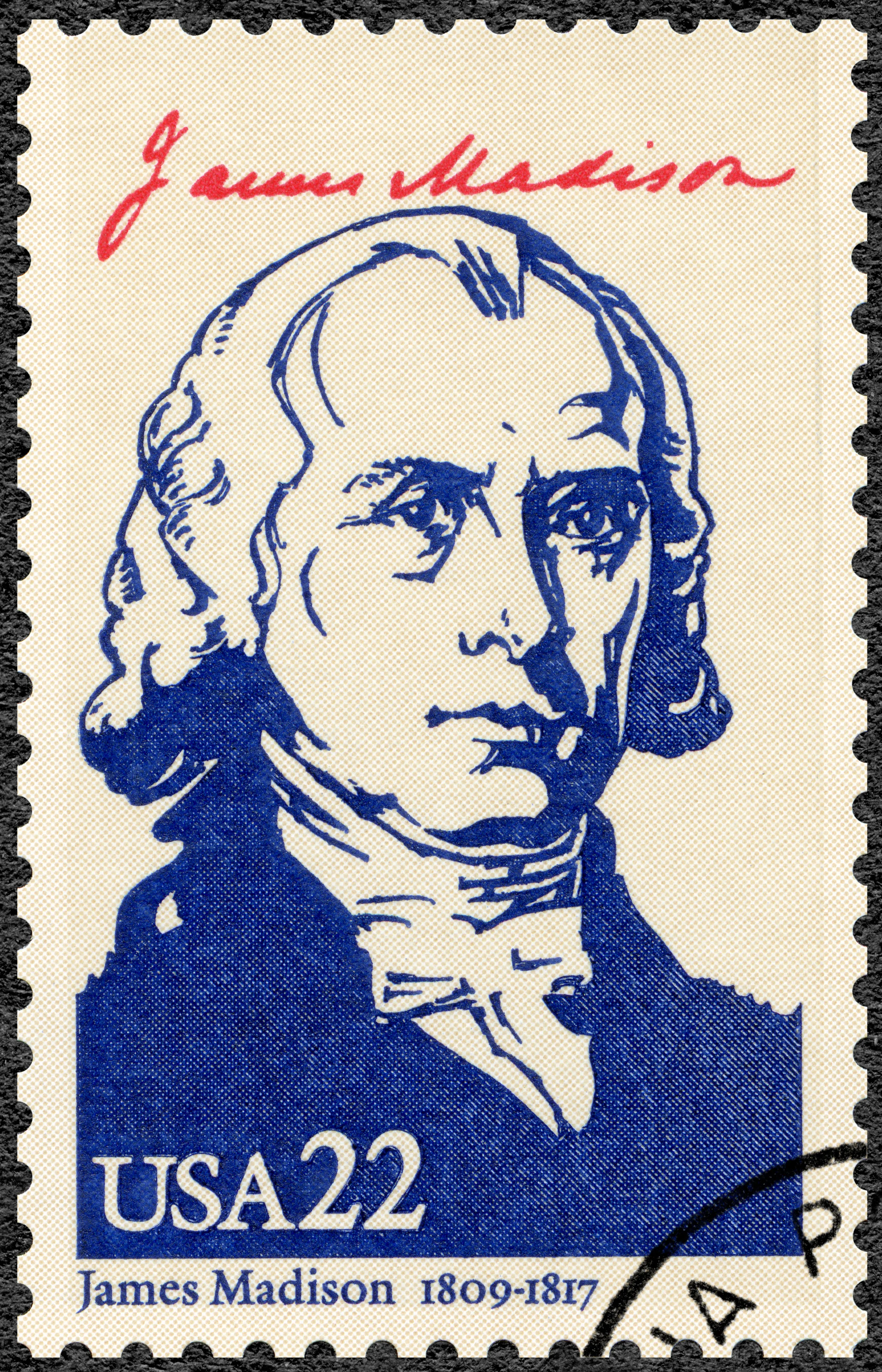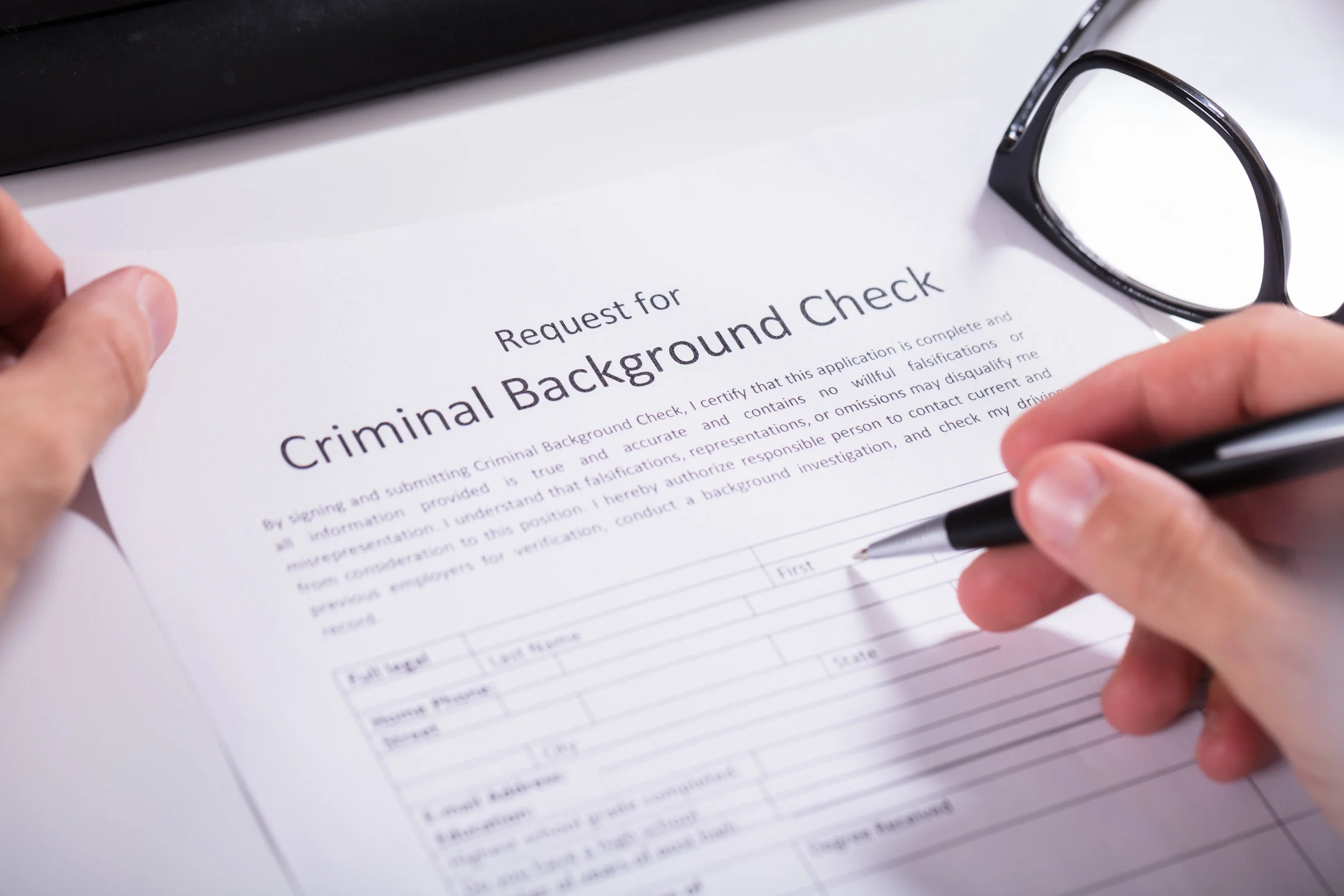A Suffolk University poll released this past April underscores voters’ disillusionment with U.S. elections; many registered and non-registered voters alike believe that their votes “do not count” and, accordingly, said they do not intend to vote this November.
Midterm turnout is traditionally lower than turnout during presidential election years. However, it is still troubling that this belief has become widely held—and in this poll was the most common reason cited for planning not to vote. This echoes non-voters’ same concern with our presidential elections: a feeling that their votes do not count or matter. In the case of the presidency, they are correct in most cases. The current model for electing the president ends up devaluing millions of votes; votes which are not cast in a dozen or fewer states that hold the key to victory count for very little since they have little to no chance of influencing the election’s outcome. To voters dissatisfied with this flawed system, our presidential electoral process can instill negative expectations of all elections, including down-ballot contests. The preconception that U.S. elections are dysfunctional has eroded both trust in government and voter participation, and it will continue to do so unless we demand reform.
Let’s change that system so that every vote for president DOES matter, no matter what. A national popular vote to choose the next President would not only correct the imbalances of our current system, but it should be a step in the right direction to restore voter confidence and participation. As we have noted before, Americans do vote when they know that their vote matters.
Like Voters, Most Local Television Stations Were Left Out Of The 2016 Presidential Election
A national popular vote would provide candidates an incentive to advertise in local TV markets nationwide.
How Much Is a Vote Worth?
One-third of Americans would agree to forfeit their voting rights for a pay raise of 10%. How can you blame them when the vast majority of votes cast for president do not matter?
Most of America Left Out of 2016 Election
A national popular vote would result in campaign policies that support the majority of Americans nationwide.
Splits Between the National Popular Vote and the Electoral College Are Becoming Common
We can expect see a split between the electoral and popular votes one out of every three elections for the foreseeable future, so long as presidential elections remain competitive.
How Can We Make Politicians Serve Country Over Party?
Current Election Rules Incentivize Voter Suppression
Because of the winner-take-all system we use to elect our president, any small, strategically targeted blow to turnout in a large enough pivotal state could determine the winner.
Get Mad. Demand Reform.
To fix our broken current election system, voters must energize their elected officials. The way to do that is for voters to get mad.
Don’t Blame Voters. Don’t Blame Candidates. Fix the System
In 2016, only three of the twelve battleground states in the end were both competitive enough and had enough electoral votes to determine the election, as well as nullify 3 million votes for the popular vote winner.
Neither Party Pushes National Voter Turnout In Presidential Elections
The winner-take-all method only incentivizes candidates to campaign for the small number of votes that might matter. A presidential selection method based on national popular vote would place an equal value on every vote.
Our Current Presidential Election System Promotes Divisiveness
David Brooks, the celebrated conservative New York Times columnist, occasionally quotes the statistic that 40 years ago only 5% of Americans said they would be "displeased" if their children married somebody of a different political affiliation, whereas that number is about nine times higher today. Numerous other statistics show that political polarization is at an all time high. Oddly, but meaningfully, recent polls demonstrate that members of the House and Senate would like to be less partisan but say that their constituents’ zeal prevents them from being so. Yet other studies show that voters are fed up with their federal governments hyper-partisanship. Note also, that Brooks’ statistic indicates that the divide has become far more than political and threatens the fabric of American society.
Various reasons are given for this alarming development — the emergence of partisan news and commentary, radio talk shows, cable networks and social media, the drastic decline in the exposure of the public to news sources with an array of viewpoints, the accelerated widening of the income gap, the aftermath of the severe financial crisis of 2008, and economic frustrations generally. But even these oft-cited causes of the bitter divide rendering our nation are rooted in a deeper, fundamental and increasingly devastating defect in our system for electing our Presidents. This defect is widely unrecognized, and there is virtually no realization that it is the principal cause of these injuries, specifically polarization, divisive partisanship, unyielding extremism and government paralysis.
Nor is it recognized that the defect is located not in the U.S. Constitution, the electoral college, or federal law generally but in the laws of 48 states and the District of Columbia. These laws first enacted in the early 19th century, allocated all of each state’s electoral votes to the Presidential candidate who earned the most votes in that state. As a result, when the electoral votes from the states were tallied, the candidate who received the second most votes in that state was credited with no electoral college votes in that state and the votes of citizens who cast them for that candidate did not count at all. This is the case even if the electorate in that state was split 51-49.
This badly skewed system has meant that only competitive states, not representative of the whole country, determine the outcome of the election and, thereafter, to an alarming degree subsequent government decision-making after the new President and administration takes office. Candidates, national parties, and Russian saboteurs understand this and in pursuing their own obviously self-interested goals focus on those states. As a result in the 2016 election the Presidential candidates of the two national parties made between them a total of two campaign visits to safe states like Texas, California and New York, which constitute over 26% of the country’s population, while they visited swing state, New Hampshire, with less than one-half percent of the country’s population, 21 times. In 2020, we can expect the four closest states that determined the outcome in 2016 to receive the lion’s share of attention. Those states are New Hampshire as well as Pennsylvania, Michigan, and Wisconsin, each won by less than seven-tenths of a percentage point. The rest of the country will not matter. Doesn’t seem right does it? It certainly isn’t democratic.
And the consequences of this system are devastating. Voter turnout in safe states is 7% less than in battleground states. They receive more disaster relief from the federal government per capita than safe states, and the views of citizens in swing states have more effect on government than those of citizens in the 40 to 46 other states.
This disproportionality of the Presidential election process (by the way, not replicated in the Presidential nomination process or in any other election of the tens of thousands of elections conducted every year in the country) rewards and, therefore, promotes myopic and fractionalized view of the issues facing the entire nation. The first step in solving a problem is to understand that it exists. Citizens of all political persuasions understand the severity of our problems. The second step is to diagnose their causes. Making Every Vote Count and a few others, like Professor Lawrence Lessig and National Popular Vote, have taken this step. The third is to fashion and enact a remedy that addresses the cause of the seminal problem. Various remedies have been proposed. Now is the time for citizens of our country to rise up and insist on a fix.
Divisive Demographics or a Flawed Way of Electing a President?
More Americans are moving to states where the outcomes are less close. That means that fewer and fewer voters are actually electing the President.
Americans Value Voting. So Should Our Elections.
Analysis of voter turnout over multiple election cycles shows that new-christened battleground states see an average 5% increase in voter turnout.
Few Votes Mattered in 2012
If we selected the president based upon the winner of the most votes nationally, no voter would be ignored and every vote would matter.
Madison's Confidence in Voters
Parties Need More, Not Fewer Voters, To Thrive
Both parties might be pleasantly surprised to learn that they have more to gain from courting every voter during presidential elections in not only Michigan, solidly blue until 2016, but also Mississippi, safely red in the current system.
Why Did So Many People Not Vote For President in 2016?
Why would registered voters choose to not vote? According to a poll, 25 percent of respondents said it was a “dislike of the candidates or campaign issues.” 15 percent said it was because of “a lack of interest or a feeling that their vote wouldn’t make a difference.”
Most Voters Favor Background Checks. 3-D Guns Bypass Them.
94 percent of Americans responded that they supported background checks for all gun buyers. How would they feel about guns that can avoid them entirely?
THE "WINNER-TAKE-ALL" RULE ADOPTED BY 48 STATES WEAKENS VOTES
A state may not advantage its citizens as against citizens of other states as a general rule. For example, it cannot give its citizens greater access to public forums for assembly.
The Constitution gives citizens in small states more electors per voter than citizens in large states. But is it right for a state to exacerbate that extra power by adopting a winner-take-all rule for choosing electors? Such a rule enables voters composing a mere plurality to name all the states’ electors in the Electoral College.
The right to assemble includes the right to move to a state that upholds and supports the political and policy preferences of any citizen. For example, a citizen may choose to live with others who are willing to pay higher taxes in return for more funding for public schools, public transportation, or other public benefits. However, by not granting citizens the right to vote with equal weight for president, a state inhibits the right to assemble with like-minded people in a community.
To illustrate, in 2016, under the current system, a citizen who prefers Trump over Clinton lost weight in voting by moving from Texas to California, or a Clinton-preferring citizen lost weight in voting by moving from California to Texas. This loss of equal weight is not a result of any operation of the Constitution’s Electoral College system: it occurs because states adopt a winner-take-all-rule instead of pledging their electors to choose the winner of the national popular vote or, as second order solution, allocating their electors proportionally like Nebraska and Maine.
The Way We Elect Our President Separates Voters
A state could not deny its citizens the right to speak to everyone in the country and to assemble with other states’ citizens. It should not deny its citizens the right to have all their votes tallied with the votes of others.


